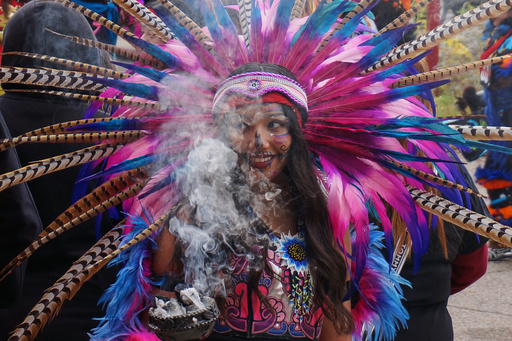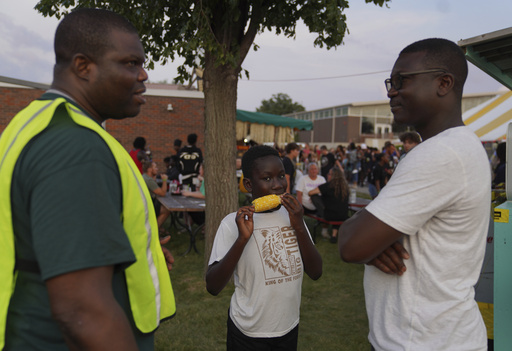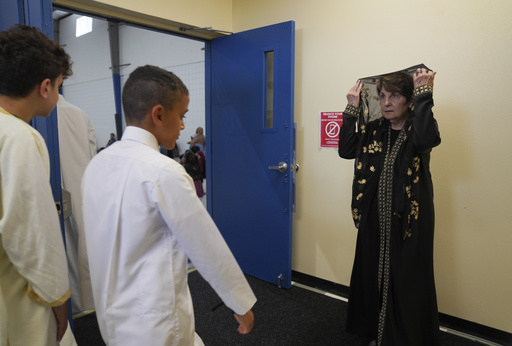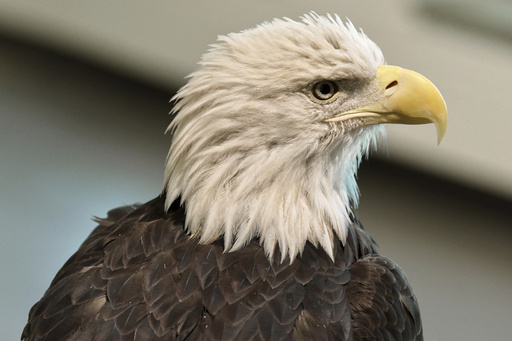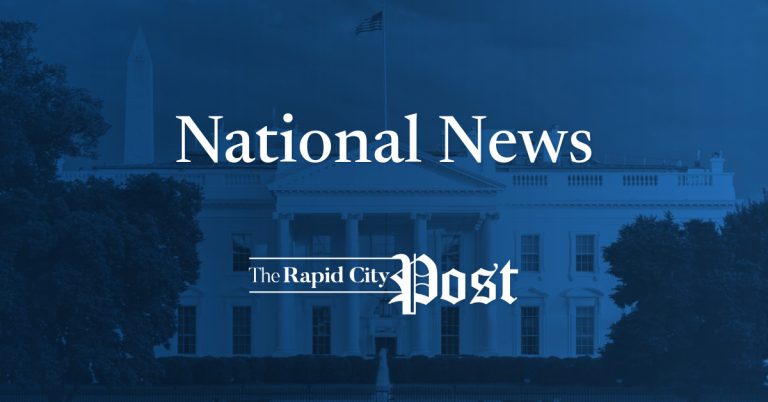
Airport chapels stay on the radar of workers and travelers even as role of faith in public shifts
As travel picks up for the season, flyers can find a moment of quiet and relaxation at interfaith chapels or meditation spaces in many U.S. airports. Employees at Boston’s Logan International Airport also get to practice their faith right in their sprawling workplace. Logan’s Our Lady of the Airways is widely considered the country’s first airport chapel and is still a Catholic church — not an interfaith venue. Two cousins who work for JetBlue said they come to the brick-faced modernist chapel every day to pray for a couple of minutes before their shifts.


